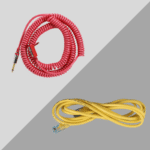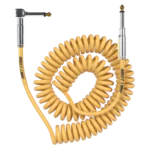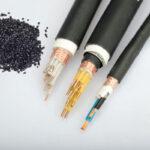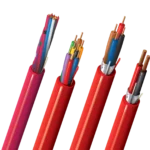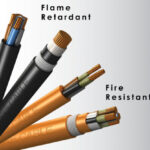Modern electronic devices are becoming smaller, lighter, and more complex. Behind this miniaturization lies a crucial component: the flex cable. Whether in smartphones, laptops, cameras, or LCD displays, flexible cables allow circuits to bend, fold, and connect efficiently in tight spaces.
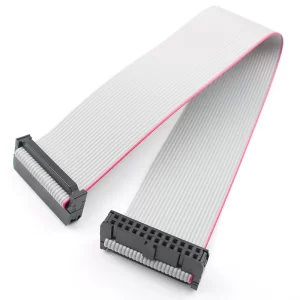
flex cable
In this guide, we’ll break down everything you need to know about flex cables, including flexible flat cables (FFC), flexible printed circuits (FPC), how they compare to ribbon cables, and the role of connectors in ensuring reliable performance.
1. What is a Flex Cable?
A flex cable (short for flexible cable) is an electrical cable designed to bend and fold without breaking. Unlike traditional round cables, flex cables are thin, flat, and capable of fitting into compact devices.
🔑 Key Benefits
Space-saving – ideal for slim electronics.
Lightweight – reduces overall device weight.
Flexible & durable – withstands repeated bending.
Efficient assembly – simplifies board-to-board connections.
2. Types of Flexible Cables
⚡ Flexible Flat Cable (FFC)
Definition: A flat cable consisting of multiple metallic conductors placed parallel and encased in a flexible plastic film.
Features:
Low cost and simple design.
Commonly used for short, board-to-board connections.
Typical in printers, laptops, and displays.
⚡ Flexible Printed Circuit (FPC)
Definition: A more advanced flex cable where conductive traces are etched onto a flexible substrate (e.g., polyimide).
Features:
Can include multiple layers and complex routing.
Capable of hosting surface-mounted components.
Widely used in smartphones, cameras, and wearables.
⚡ Ribbon Cable
Definition: A flat cable formed by bonding multiple insulated round wires side by side, resembling a ribbon.
Difference from Flex Cable:
Ribbon cables are less flexible and mainly suited for static connections.
Flex cables (FFC/FPC) are designed for dynamic bending and compact spaces.
Typical Use: Internal PC connections (e.g., old IDE hard drives).
3. Flex Cable Connectors
Connecting flex cables to circuit boards requires specialized connectors.
🔌 Connector Types
ZIF (Zero Insertion Force): Uses a locking mechanism (flip-latch or slider) to secure the cable without force.
LIF (Low Insertion Force): Requires slight pressure to insert but easier than traditional connectors.
📏 Key Parameters to Consider
Pitch (distance between conductors).
Number of pins.
Locking mechanism (flip, slide, push).
Mounting style (vertical, right-angle, SMT, or through-hole).
4. Applications of Flex Cables
LCD Displays: Connecting the screen to the mainboard (e.g., laptop hinges, phone screens).
Smartphones & Tablets: Internal interconnections between camera, battery, and main PCB.
Laptops: Keyboard and touchpad connections.
Printers & Scanners: Data transmission between moving components.
Wearables & Medical Devices: Where ultra-thin and flexible wiring is essential.
5. Repairing Flex Cables – What You Need to Know
Users often search for LCD ribbon cable repair or “how to fix a flex cable.” In practice:
Repair is difficult because conductors are extremely thin.
Temporary fixes (taping or soldering) rarely last.
Best practice: Replace the damaged FFC or FPC with a new one.
👉 Example: In laptop LCD repairs, technicians typically replace the entire screen flex cable rather than attempt a repair.
✅ Conclusion
Flex cables are at the heart of modern electronics, enabling compact designs and reliable connections in dynamic environments. By understanding the difference between FFC, FPC, and ribbon cables, and knowing how connectors work, you can make smarter decisions for design, repair, or replacement.
📌 Whether you are an engineer, technician, or DIY enthusiast, always handle flex cables with care — and when in doubt, replace rather than repair.

